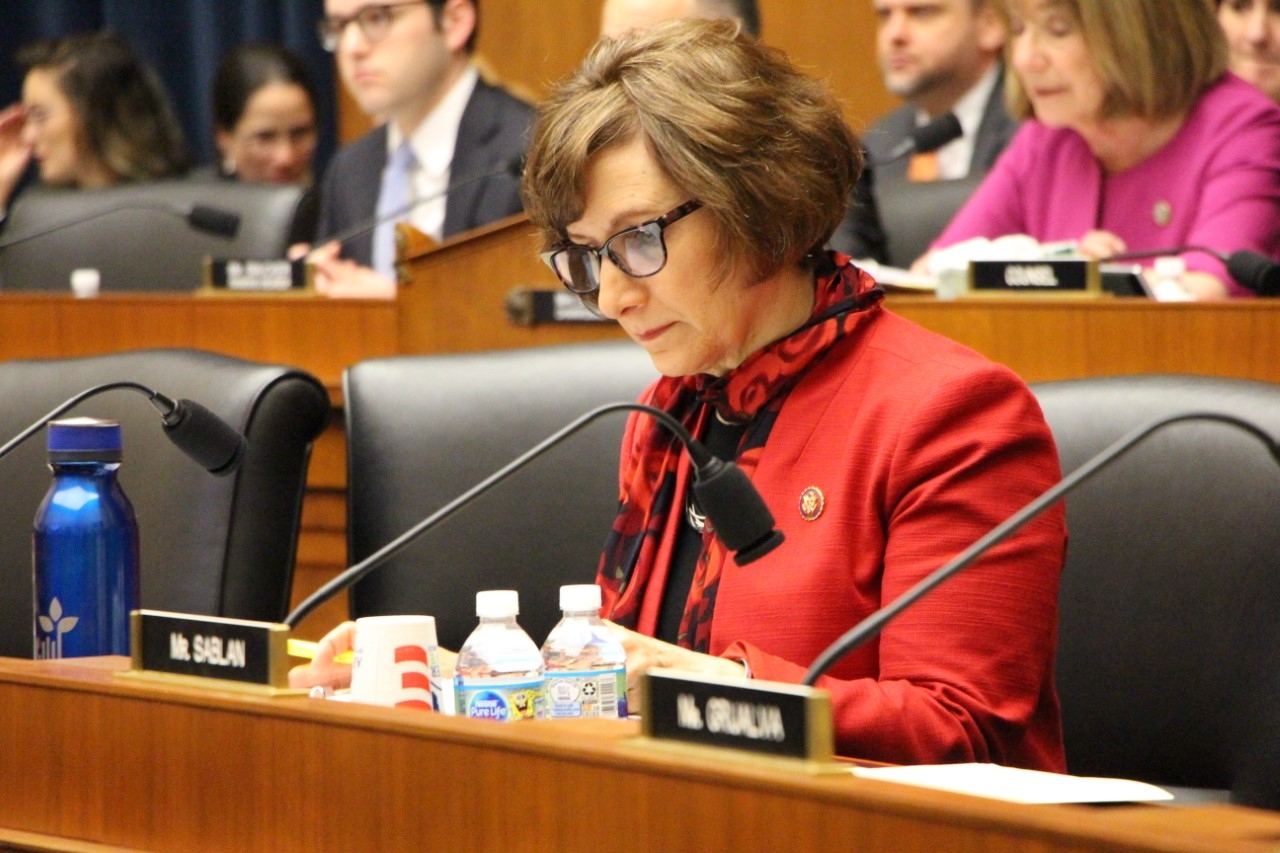A new task force aims to ease the burden of child care on working parents.
Anja Bump, founder and CEO of furniture company Twofold, says COVID-19 has put her work life and family life on top of one another in an unsustainable way. “My life as I knew it exploded in March. Our launch got pushed back, and on the home front I haven’t slept eight hours since the pandemic started,” says Bump.
“I’m here working from home but I’m less available. My son said he’s sad because he wished he had more time with me.”
Closures of schools and day cares as a result of the pandemic has put enormous pressure on working parents who find themselves having to work and take care of children at the same time. The pressure is particularly felt by working mothers, who often take on more of the child care responsibilities.
According to a report last month by the US Chamber of Commerce, female business owners were 15% less likely to report a “good” outlook for the coming year and were 14% less likely to report increasing revenue.
“We planned for a lot of growth and now we’ve had to absorb some of that loss. Our direct-to-consumer is up but our grocery is down,” says Genevieve Brazelton, founder and CEO of The Bitter Housewife, a manufacturer of cocktail bitters. “We have a 6-year-old and he needs pretty much constant attention, but this small business is what puts food on the table.”
To assist working parents and children, Rep. Suzanne Bonamici, who serves Oregon’s 1st congressional district, launched the Oregon Child Care Advisory Board earlier this month. The board is composed of 12 members selected by Bonamici every two years. The board will advise the congresswoman on issues related to child care, including how federal legislation can be used to support children and working mothers effectively, such as the $50 billion Child Care Stabilization Fund, passed by the House of Representatives, which Bonamici introduced.
Members include Sara Stearns, executive director, of the Oregon Association for the Education of Young Children, Donalda Dodson, executive director of the Oregon Child Development Coalition and Patricia Alvarado, director of education programs for Adelante Mujeres.
The pandemic has exposed the state’s lack of adequate and affordable child care, a deficit that puts a disproportionate burden on women who are family breadwinners. According to a report from Oregon State University, in 2018 60% of Oregonians lived in areas with a severe child care deficit, with more than three children for every available child care slot.
After the closures brought on by the pandemic, only 12% of children who were in day care before the pandemic are currently enrolled, according to the Oregon Department of Education.
RELATED STORY: Childcare Providers Fear Closure
With children staying at home and limited child care options, working parents are forced to choose between family obligations and commitment to employees. These choices can bring up stress and guilt, and cause businesses to suffer.
“I have a daughter who’s 11, and I feel guilt that I’m sacrificing her education for my company,” says Nikki Guerrero, founder of Hot Mama Salsa in Portland. “There are times that I wonder if I’m not doing what’s best for my child, then I think of my employees who depend on me too. We’re in uncharted territory.”
One of the biggest reasons for the lack of child care are low wages paid to providers, which the stabilization fund addresses. Child care providers that are open or closed temporarily due to COVID-19 are eligible to receive grant awards based on the providers’ operating costs, adjusted to account for the increased costs of providing child care as a result of the pandemic.
RELATED STORY: Give Parents A Break
“There was a child care crisis even before the pandemic, but it’s worse now, and it doesn’t just affect families, it affects businesses,” says Bonamici, who insists that more money should be allocated to child care professionals.
“Many child care workers have college degrees and they’re making poverty wages.”
Another federal solution on the table is the Child Care for Working Families Act, introduced in the House in February. The act would ensure no family earning below 150% of state median income pays more than 7% of their income on child care.
To subscribe to Oregon Business, click here.






